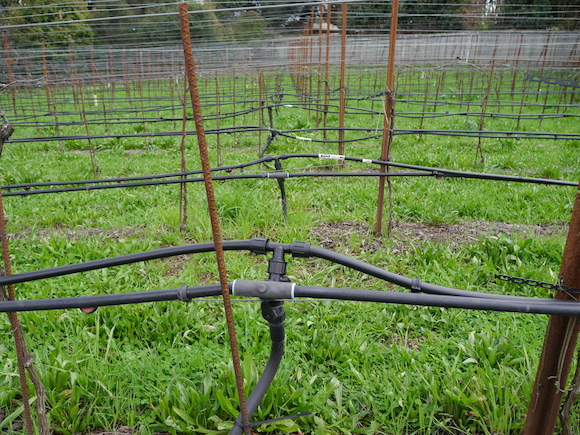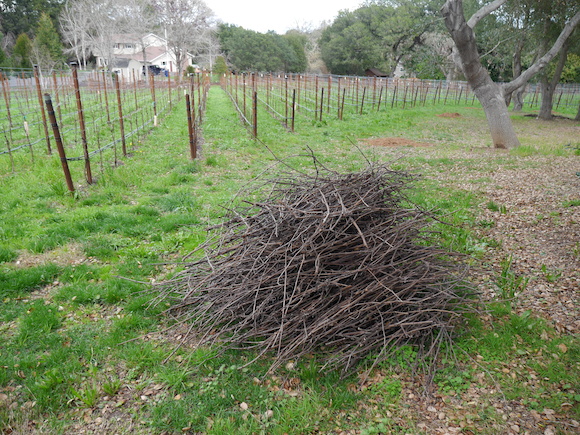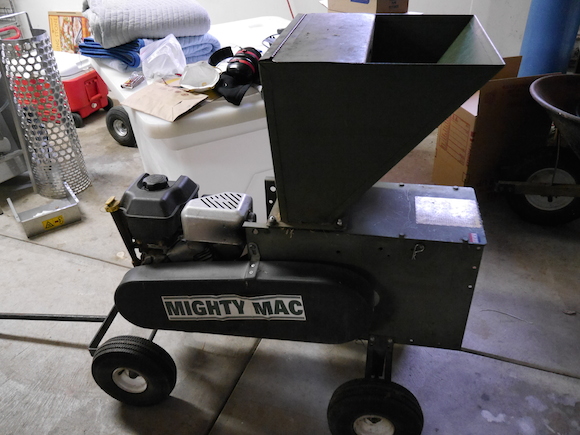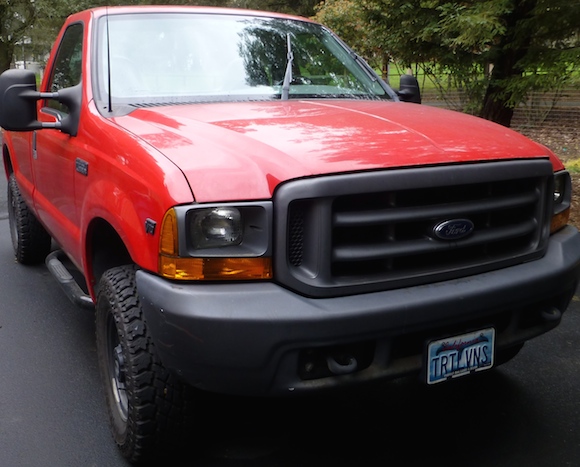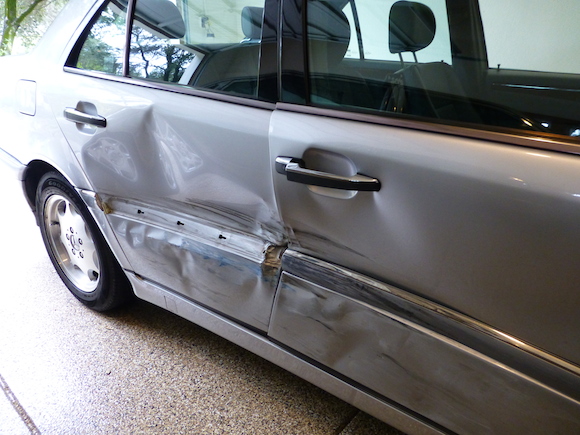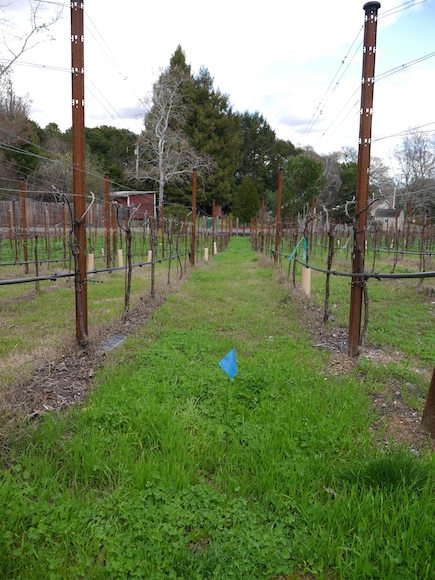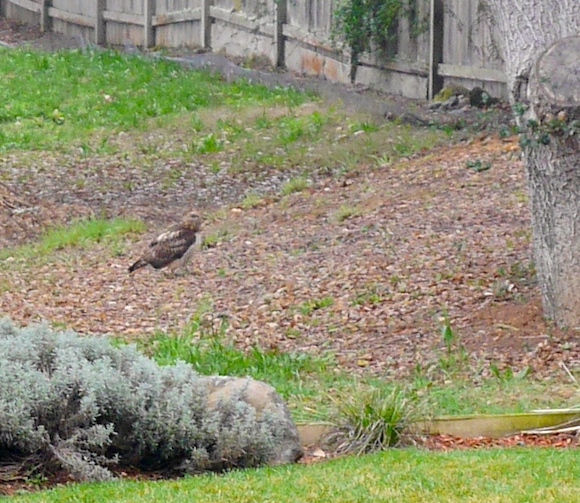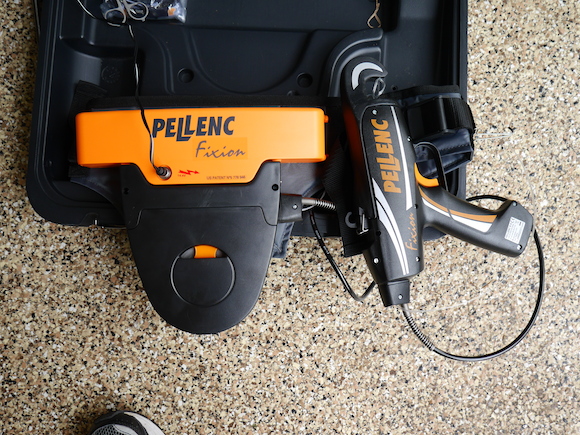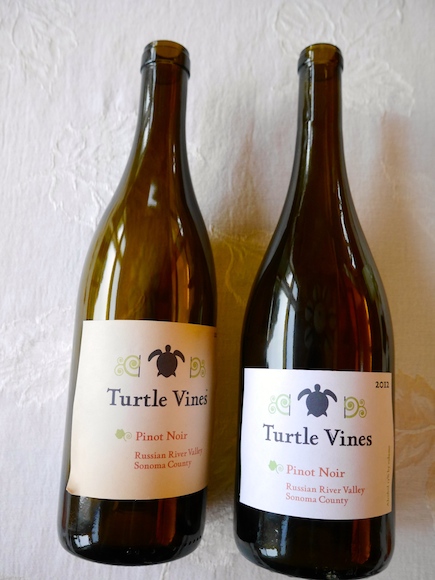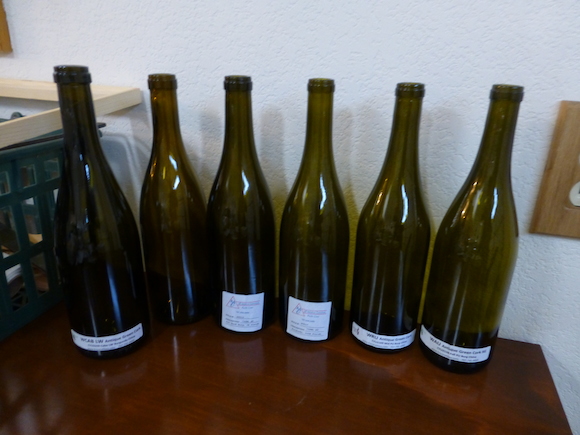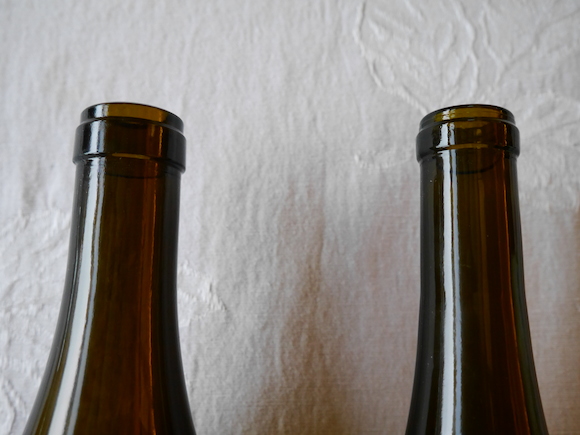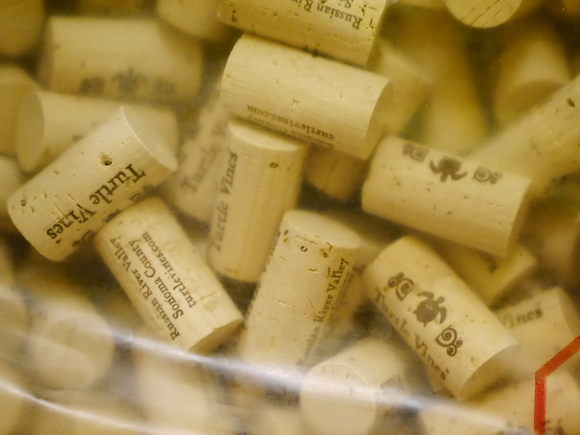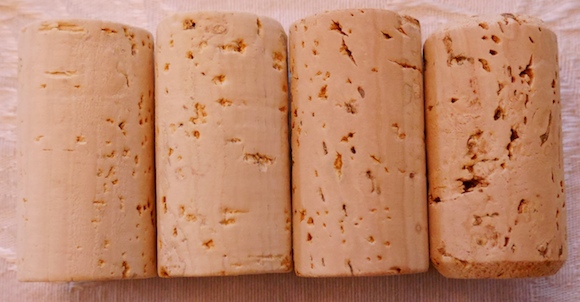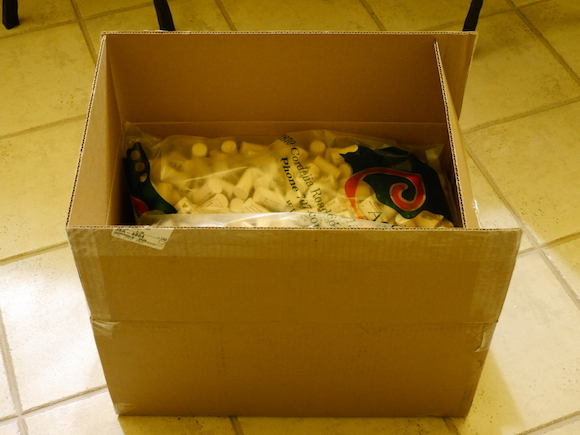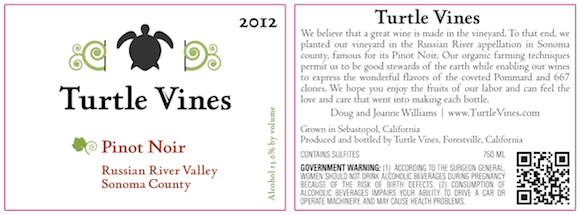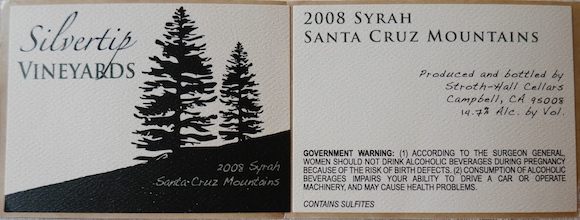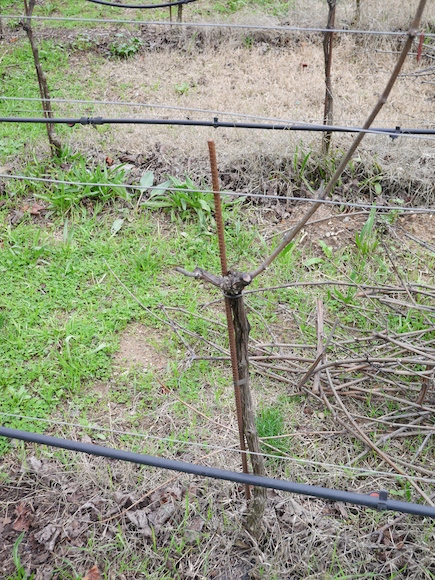I have 3130 vines of very tightly space Pinot noir surrounded by houses and trees on a very slight grade. About 550 vines of the 667 clone were weaker than the other vines. They are near trees and on the top of the small grade. So last week I installed an extra drip line. I will water these vines earlier than the rest of the vineyard to allow them to grow better and catch up to the rest of the vines. It will also let me fertilize them through the irrigation system separately. You can do this type of customization with small vineyard and it will pay big dividends to ensure your vines are healthy producing high quality grapes!

